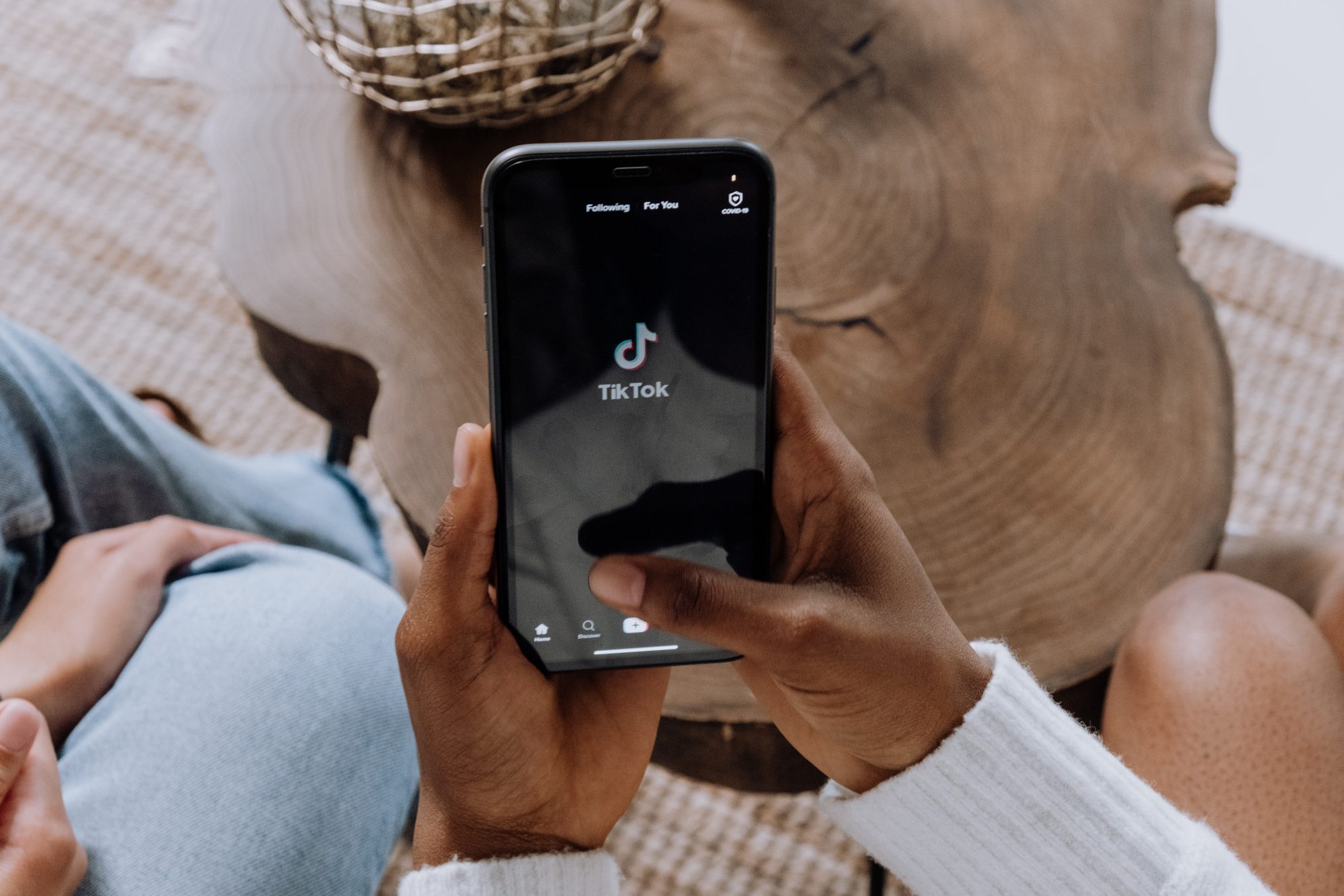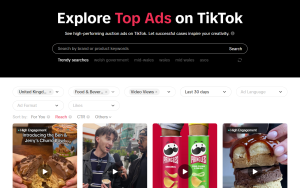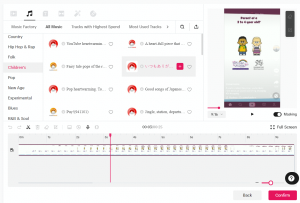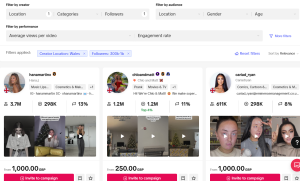
How TikTok can offer exceptional opportunities for advertisers
In a previous article we discussed what a TikTok ban could mean for advertisers. And while advertisers should be aware of potential changes, and even the possibility of a complete ban, TikTok can be described as a dream advertising platform for many brands and organisations. Our digital account executive, Elli Lloyd, takes a look at the benefits of TikTok advertising:
1. Gen Z reach. Brands are often willing to pay a premium to reach younger audiences, and Generation Z are becoming increasingly harder to reach via more traditional social platforms, such as Facebook. In 2023, 38% of TikTok users were aged 18-24 (Statista). This skew in age is unsurprising due to the nature of the platform and its short form, engaging video content which is regularly favoured by the younger generation. In comparison, only 21% of Facebook users were aged 18-24 in 2023 (DataReporta). It has also been found that while the younger generation may have a Facebook account, they are not active users.
2. Overall popularity. Thinking of TikTok as just a young person’s platform is misguided. It was the most downloaded app in the world in 2022 (Business of Apps), and on average users are on TikTok for 95 minutes a day compared to Instagram at 51 minutes and Facebook at 49 minutes (Sensor Tower). Advertisers can now reach a third of the UK population through TikTok. And while Gen Z is the largest audience share, it is currently estimated that there are over 1.3 million users aged 55+ in the UK, which demonstrates just how fast the platform has recruited new users of all ages.
3. Ready-made reporting. TikTok provides a detailed view of audience and performance metrics for each individual campaign, ad group and advert. Advertisers are able to view performance data and audience demographics including age, gender, location, interests and more. Enabling more insight into who is engaging with their content and what groups are best to target, which helps get the most out of future campaigns. Similar reporting features can be found on other platforms such as Facebook and Google Display Network, giving marketers consistency when tracking results across different channels.
4. Positive ROAS/ROI. TikTok has an impressively high Return on Ad Spend (ROAS), particularly in Europe. In a recent study conducted by Nielsen, it claimed that across the UK, Germany, France, Italy and Spain, TikTok provided a 64% higher paid media ROAS, compared to other digital media measured in the models. Another study by Capterra found that 78% of SMEs say they had a positive ROI from their TikTok ads. We have seen similar successes in our own campaigns at Freshwater. In a recent public sector campaign aimed at highlighting the issue of sexual violence and abuse against women, and providing support to victims, thousands of users saw our TikTok advert, with 1.12% of users clicking the advert link at a cost of just £0.17 per click. This outperformed TikTok’s benchmarks of a click through rate (CTR) between 0.3% – 0.9% and a cost-per-click (CPC) of £0.46 – £0.69.
5. Advertiser insights. TikTok is a hub of information on how to get the most out of the platform. Its creative centre provides advertisers with key information and tools that are unrivalled by other digital platforms. One of the unique tools available is Top Ads Dashboard. This feature allows advertisers to see the top performing adverts right now, including their competitors. Users can filter the ads by location, industry, objective, or directly search for a specific brand or product.

Another tool is Trend Intelligence. This feature gives digital marketers insight into trending songs, hashtags, videos and creators, which allows them to plan and create engaging, trend-worthy content. Users can view the individual analytics for each song, hashtag, video and creator, as well as see where the videos have been used. When viewing trending songs, users can also utilise the ‘approved for business use’ toggle for use in paid advertisements.
TikTok’s creative centre also enables advertisers to edit video content, including adding transitions, effects and a wide variety of popular, royalty free music. We recently utilised the video editor feature in a campaign for the Welsh Government’s Childcare Offer for Wales, adding an upbeat tune which perfectly matched the video.

For e-commerce campaigns, advertisers can use the Top Products feature to choose the best time to advertise, depending on the analytics of the product they are advertising. Advertisers can view the click through rates, conversion rates and cost per actions of various products over a chosen period of time.
One of TikTok’s newest feature embraces AI by offering a script generator to assist advertisers in the creation of their videos. After selecting an industry and entering the product name and description, the AI feature will generate multiple scripts using the information provided. And although the generated scripts may not be ready for production from the jump, it can be a great starting point and a way to inspire creativity.

Another feature unique to the platform is creator marketplace. This allows business centre users to view thousands of influencers available for advertising opportunities. It lists an influencer’s stats, such as their audience demographics and ad performance. Users can also view a selection of these adverts and the influencer’s advertising fee, disclosed.

With all these features available, it is undeniable that TikTok is an essential marketing tool for advertisers in 2023 who are looking to reach younger audiences, create compelling brand content, and maximise return on their advertising spend. If there is to be a crackdown by Western governments, alternative platforms will no doubt quickly look to fill the void, but advertisers will need to take time to recalibrate – or be left out in the cold.
